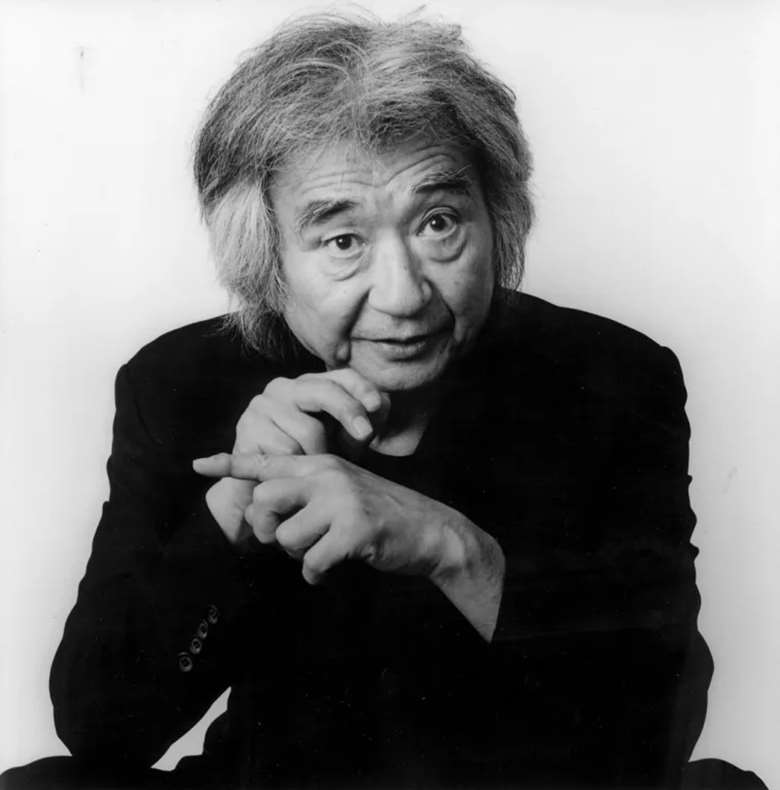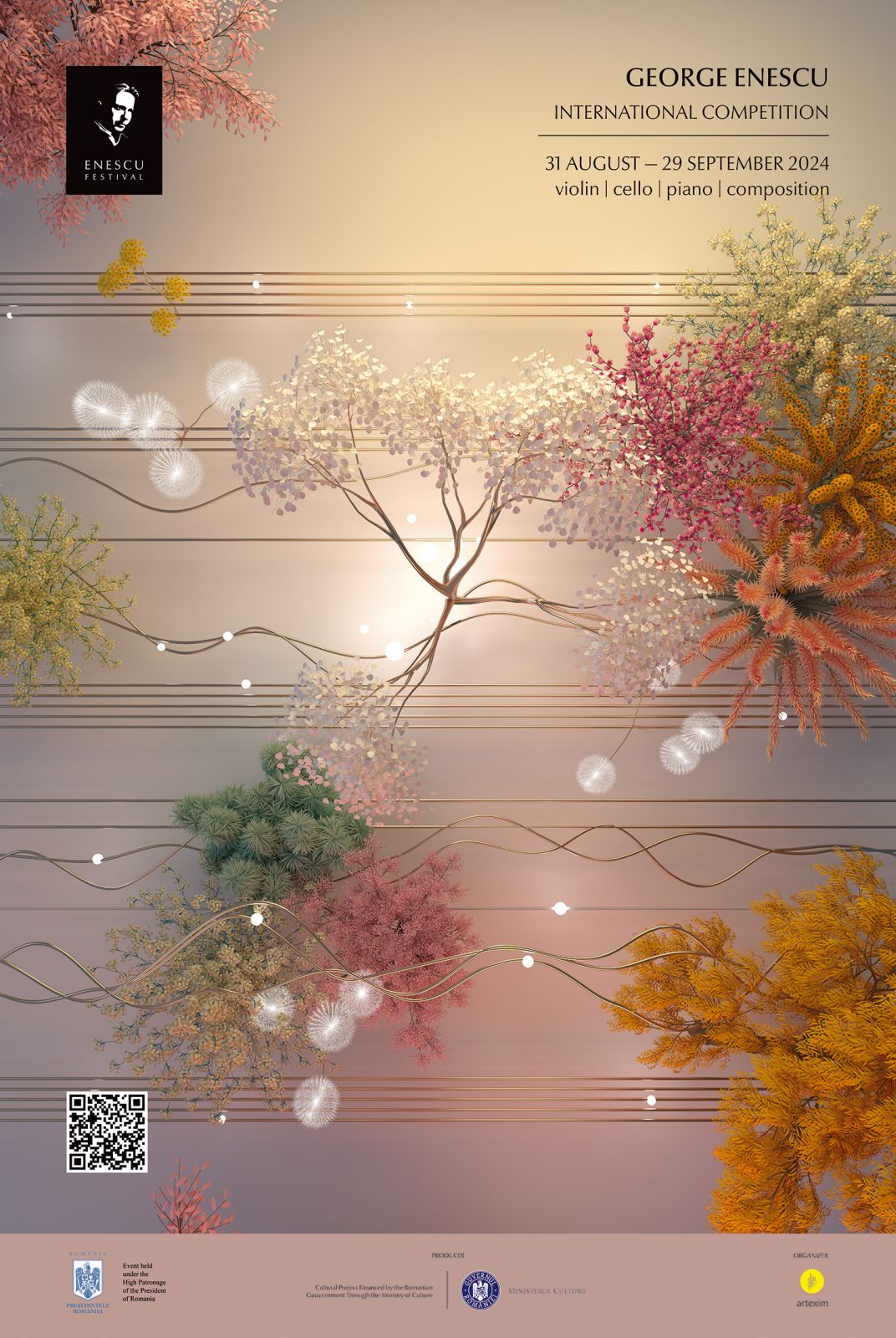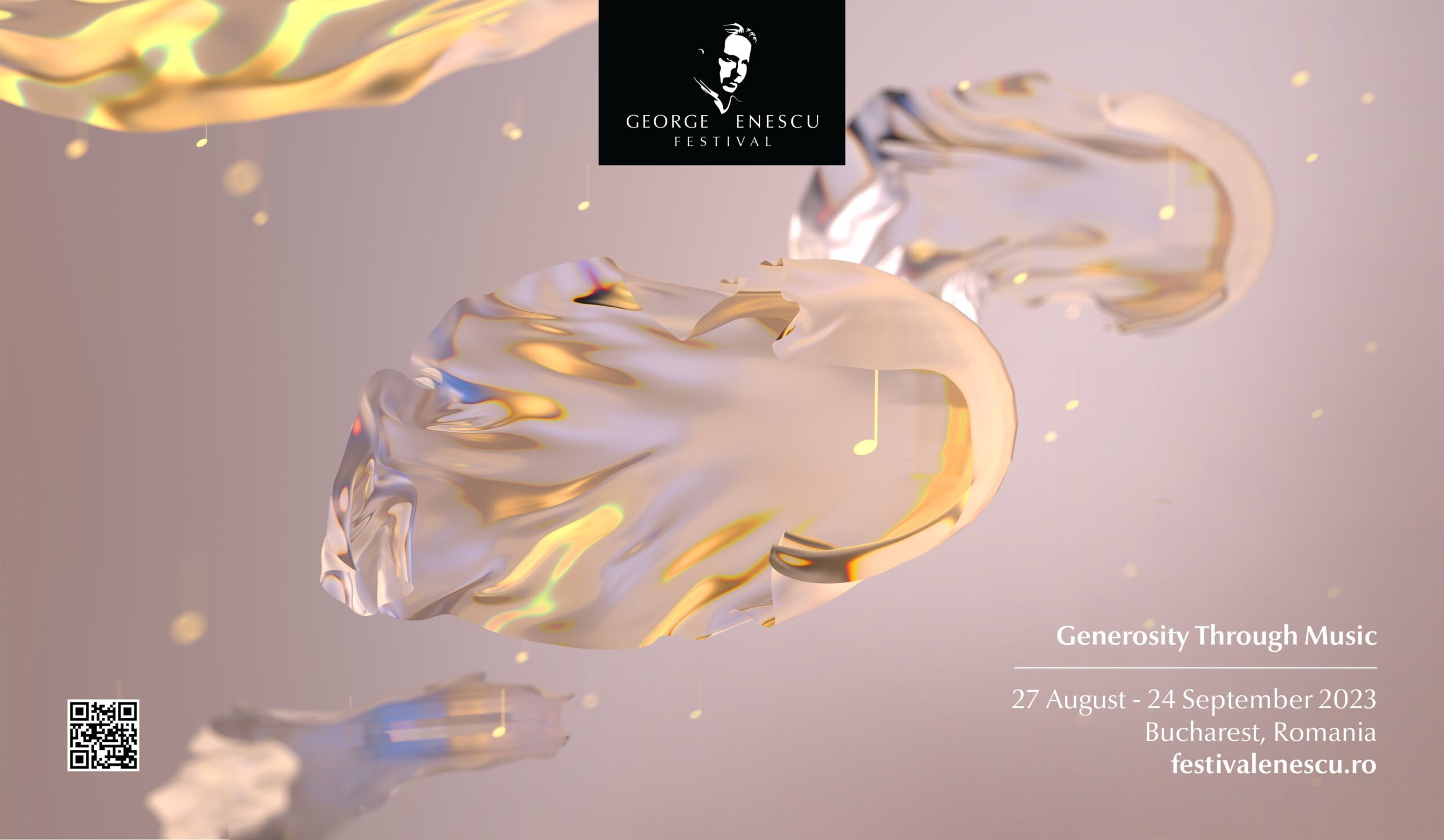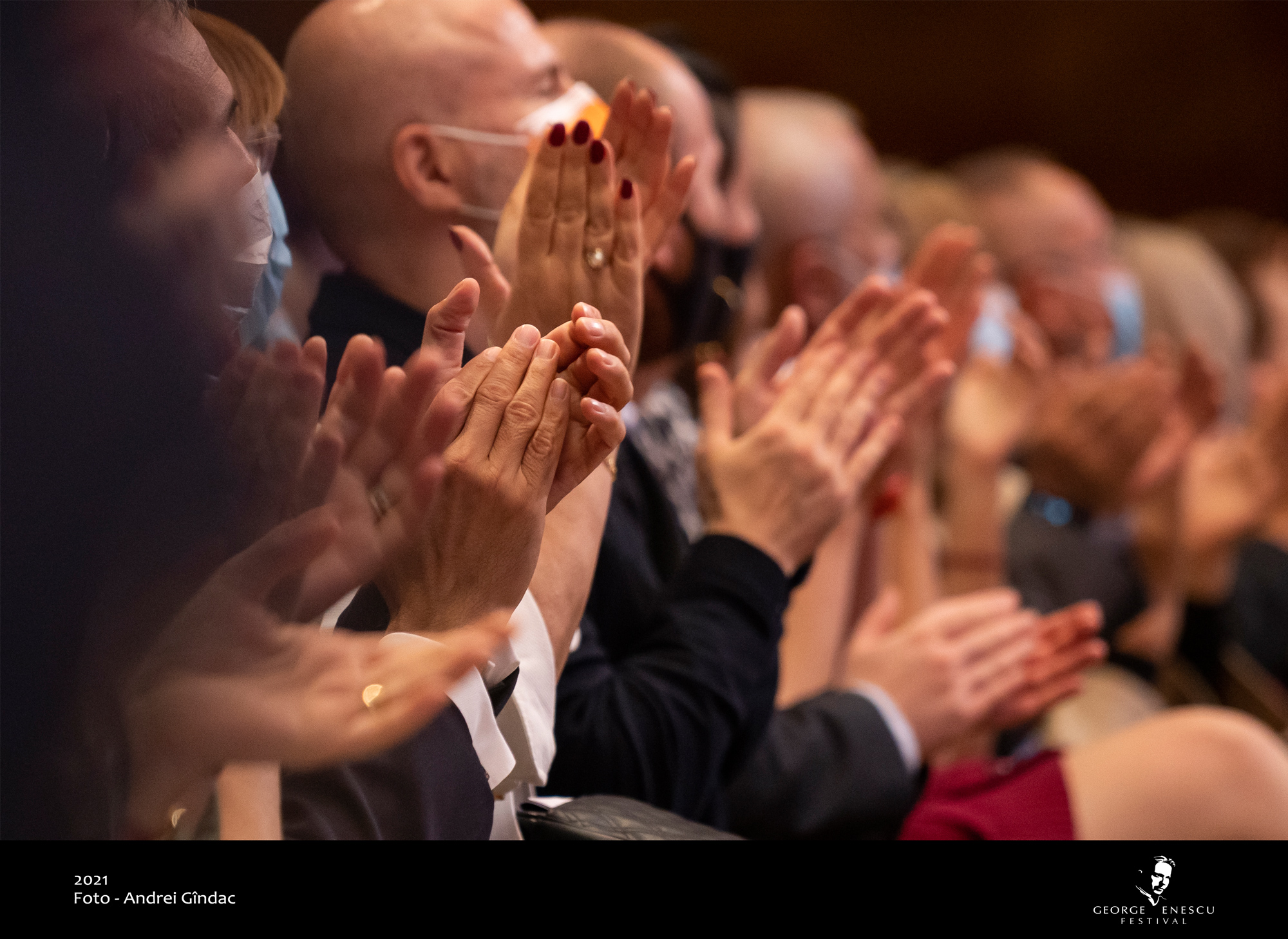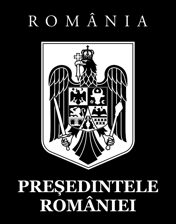“George Enescu” National Museum
24.09
18.00
Free admission
Extraordinary recital – Gabriel Croitoru and Simina Croitoru play two violins that belonged to George Enescu, namely the Guarneri del Gesù – Cathedral, 1731 and Paul Kaul (violin manufactured specially for George Enescu, 1937)
Programme
- George Enescu – The Country Fiddler from the suite Impressions d’enfance, performed by Gabriel Croitoru
- Charles de Bériot – Gran Duo Concertante no.1 for two solo violins, op. 57
- Louis Spohr – Duo in D major for two violins, op. 67, no. 2
- Johan Halvorsen – Concert-Caprice for two violins on Norwegian Themes
“Enescu’s violin had become a luminous frisson, it slid inside us,
it reawakened our aspirations to the ineffable peace of harmony.” (Cella Delavrancea)
“George Enescu” National Museum preserves some of the most precious violins that have ever let their music flow from the bow of maestro George Enescu, donated to the Romanian State by the musician’s wife, Maria Cantacuzino Enescu, when the museum was established in 1956.
Named Cathedral, the Guarnerius violin is truly valuable. Manufactured in 1731 by Giuseppe GUARNERI (1698-1744), also known as del Gesù, one of the most important luthiers of Cremona, the violin bears the inscription of its famous maker: Guarnerius fecit / Cremonae anno 1731(?) – IHS.
George Enescu is thus, along with Niccolò Paganini, Joseph Joachim, Henri Vieuxtemps, Eugène Ysaÿe, Fritz Kreisler, Jascha Heifetz, Isaac Stern, Yehudi Menuhin, Henryk Szeryng, one of the great violinists who have owned a del Gesù at some point in their career.
After 1930, in Paris, Enescu met Paul KAUL (1875-1951), a famous French luthier who made him a violin, admirable in terms of sound and construction alike. The maestro is delighted, stating that “it is a little larger and lighter for my strength”. The museum’s collection includes two such instruments, one of which was created specially for George Enescu, bearing the inscription Paul Kaul, Paris, AN 1937. Georges Enesco. Modèle que j’ai créé spécialment pour Georges Enesco grand artiste.
Due to the prestige of Enescu, Paul Kaul received important orders on the American market, which established his fame and a comfortable financial standing. The Romanian musician and the French luthier developed a relationship of friendship and artistic collaboration. George Enescu on piano and Paul Kaul on violin gave a few recitals on the stages of Paris.
“The composer inside me argues with the violinist… The violinist wants music effectively (written) for the unfolding of his virtuosity, while the composer rebels and refuses to write, unless he can write as he feels. Thus, I am forced to make compromises and let him write music for piano and symphonies.”
“The violin is a delicate, delightful instrument, it is close to me, it is dear to me, but what can I do with four strings and a bow for one, two or three voices at most? I am constrained, I have no freedom. […] The violin holds me back and forestalls me.”
In the twilight of his life, in 1954, Enescu changes his opinions in his conversations with Gavoty: “I am asking you to do me a personal service; before editing my Memories… please tone down some of what I said about my violin… A month ago, I spoke of it as if it were my daily torture. Today I am very much afraid I will never play again… I feel remorse… I spoke ill of my old companion, to which I owe great joys.”
“Enescu is alone on stage, alone with so many things to say, as if bent under the weight of a crushing burden, motionless, deaf to everything that is not the violin he does not look at so that he can hear it better, engrossed in the deep solitary meditation, destined by Bach only to violin. The man is alone, only with his violin, secured in some sort of inner silence.” (French anonymous critic in “The Memories of George Enescu” by Bernard Gavoty)
With over 1,000 performances on stage, the violinist Gabriel Croitoru, a soloist of the Radio Orchestras and Choirs, is a musician with a truly rich presence in music life, in the triple position of concert soloist of the “Paul Constantinescu” Philharmonic in Ploiești, member (first violin) of the “Transylvanian” State Quartet of the “Transylvania” Philharmonic of Cluj-Napoca and a PhD professor at the Bucharest National University of Music.

He has performed as a soloist in the company of important orchestras from all over the world, including the London Royal Philharmonic, the Queen Sofía Chamber Orchestra, and the symphonic orchestras of Monte-Carlo, Thessaloniki, Malaga, Seville, Cannes, Lyon. He was applauded in recitals given in France, Spain, Germany, Belgium, The Netherlands, Italy, China and the USA.
Since 2008, Gabriel Croitoru has been playing the violin that belonged to our great composer and which is part of the patrimony of the “George Enescu” National Museum, the Guarneri del Gesù violin dated 1731.
Since 2011, he has gone on several large-scale national tours entitled “The duel of the violins” (with Liviu Prunaru and Horia Mihail) and “George Enescu’s violin in the villages” (with Horia Mihail).

The young violinist Simina Croitoru graduated from the Bucharest National University of Music, where she studied violin with her father, the esteemed violinist Gabriel Croitoru. Her talent was rewarded with numerous prizes obtained at national competitions, and out of the awards received at international competitions, we mention the First Prize at the Città di Stresa International Competition, First Prize at the Jeunesses Musicales International Competition and First Prize at the Giovani Talenti – Rovere d’Oro International Competition.
Her artistic activity is already very intense, with concerts given with orchestras from Oradea, Ploieşti, Braşov, Galaţi, Sibiu, Târgu‑Mureş, Botoşani, Cluj-Napoca, Bacău, Craiova, Arad, Bucharest, Piteşti. Simina Croitoru is also invited to give concerts abroad, with tours in Hungary, Austria, Germany, the Czech Republic and Italy, and her repertoire includes important works of the violin literature. She has given recitals at the Romanian Athenaeum, Sala Dalles, Academy of Music, Radio Hall and at the philharmonics of Braşov, Oradea, Ploieşti, Cluj, Bacău, Piteşti. She has played with the Bucharest Symphony Orchestra and the Sondershausen Symphony Orchestra from Germany. She has taken part in various artistic tours, with concerts broadcast on TV in Italy, Austria, Germany, Switzerland, the Czech Republic, Hungary and Turkey. She completed her studies at the Franz Liszt Academy of Music in Weimar.
Translation provided by Biroul de Traduceri Champollion
